The 13th National Party Congress emphasized: Harmoniously resolving the relationship between economic development and environmental protection; Proactively monitoring and effectively responding to climate change; developing a green economy with less waste...
By promoting the potential and advantages of ecological regions; in accordance with production traditions, economic and social conditions of each region; not causing deforestation, forest degradation, protecting the environment, adapting to climate change. Strengthening the application of new science and technology in production, improving quality and competitiveness; deep processing, diversifying products to meet market requirements; reducing costs, increasing added value. Maximizing the use of by-products in the production and processing of key industrial crop products; developing a circular economy, exploiting multi-value between the production of key industrial crops and culture, tourism and services. Mobilizing resources of economic sectors to invest in developing production, processing and exporting key industrial crop products. The State invests and supports investment according to the provisions of law. [caption id="attachment_1261798" align="aligncenter" width="1500"]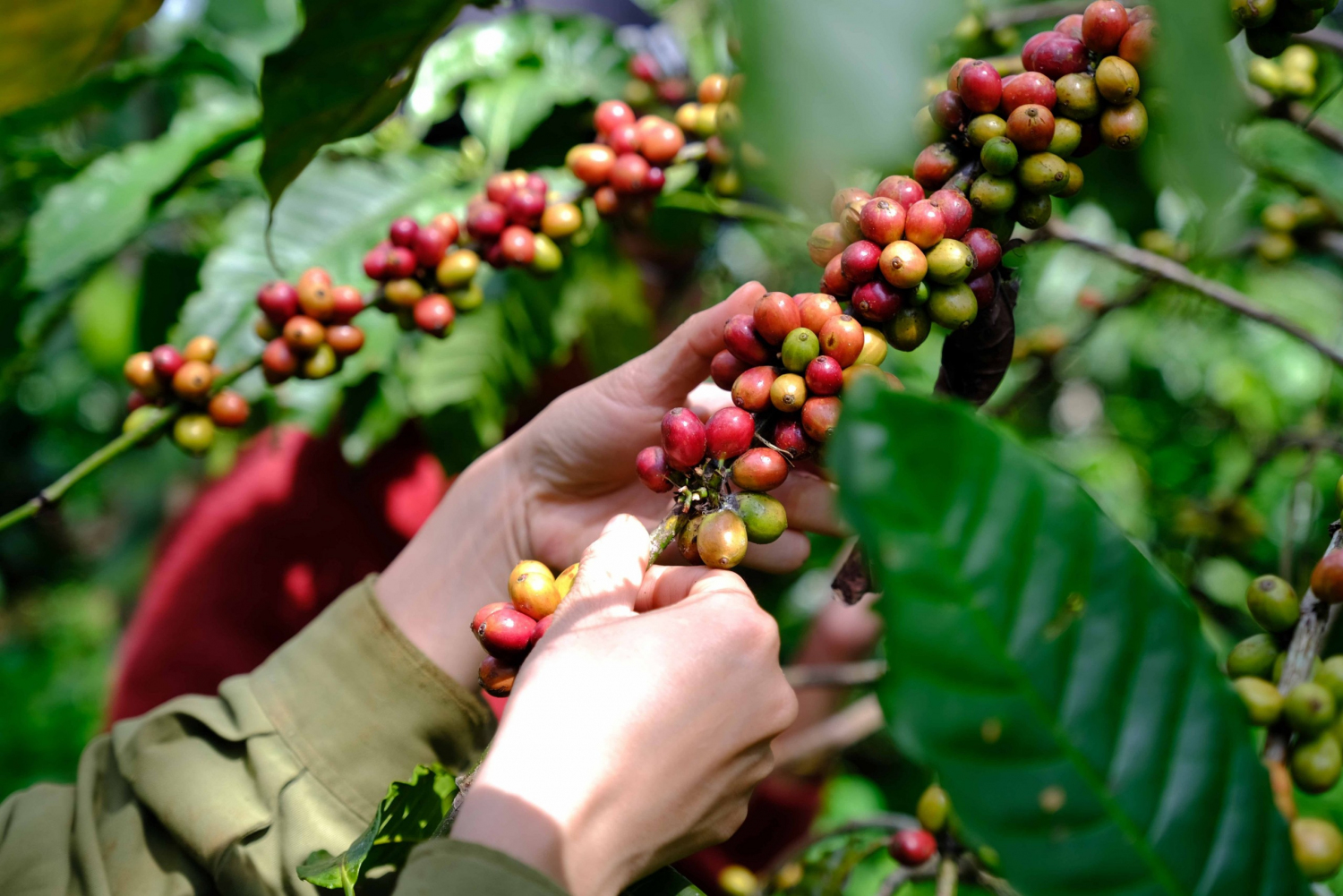 Photo Collection[/caption] Along with the sustainable development of key industrial crops such as coffee, rubber, tea, cashew, pepper, coconut, contributing to increasing the export value of the agricultural, forestry and fishery sector, production efficiency, rural people's lives and environmental protection. The rate of harvesting coffee at the right ripeness, meeting quality standards is about 80-90%. Coffee beans need to be clean in all stages: harvesting, drying, preliminary processing, preservation, supplying raw coffee... to ensure product quality, meeting market demand. Accordingly, localities continue to implement policies to attract businesses to invest in developing the production of key industrial crops, promoting the formation of production chains from building raw material growing areas to processing and consuming products. Cooperatives and Cooperative Groups are the bridge between businesses and households growing key industrial crops. Synchronously implement solutions to support the development of Cooperatives and Cooperative Groups, prioritizing support for the establishment of new ones and improving the operational capacity of Cooperatives operating in the production, processing and trading of key industrial crop products. For households, it is necessary to proactively link with enterprises through Cooperatives and Cooperative Groups to develop raw material areas for industrial crop production, implement production according to GAP processes and equivalents, associated with the development of planting area codes, product traceability... Continue to invest in maintaining and preserving existing key industrial crop genetic resources, supplementing new genetic resources to serve scientific and technological research; research and select, import new key industrial crop varieties with high productivity, quality, resistance to pests and diseases, suitable for each ecological region, adapting to climate change conditions. Take care of and manage existing parent trees and parent gardens; at the same time, continue to select and recognize parent trees and parent gardens to meet the demand for providing seedlings for localities. Perfecting the process of propagating disease-free main industrial crops, ensuring quality standards for new planting and replanting; safe cultivation process, ensuring product quality; advanced cultivation process in the stages of: planting, caring, watering, fertilizing, canopy creation, pest control, harvesting...; product consumption market; preliminary processing, preservation, processing technology... Developing and applying circular economic models, maximizing the use of by-products in the production and processing of some main industrial crops (coffee, cashew, coconut...) to serve agricultural production. Propagating the collection and treatment of hazardous waste from fertilizer packaging, pesticides... in the production of main industrial crops. Investing in science and technology, modern equipment for deep processing, diversifying main industrial crop products, widely meeting domestic and international market demand. [caption id="attachment_1261799" align="aligncenter" width="1200"]
Photo Collection[/caption] Along with the sustainable development of key industrial crops such as coffee, rubber, tea, cashew, pepper, coconut, contributing to increasing the export value of the agricultural, forestry and fishery sector, production efficiency, rural people's lives and environmental protection. The rate of harvesting coffee at the right ripeness, meeting quality standards is about 80-90%. Coffee beans need to be clean in all stages: harvesting, drying, preliminary processing, preservation, supplying raw coffee... to ensure product quality, meeting market demand. Accordingly, localities continue to implement policies to attract businesses to invest in developing the production of key industrial crops, promoting the formation of production chains from building raw material growing areas to processing and consuming products. Cooperatives and Cooperative Groups are the bridge between businesses and households growing key industrial crops. Synchronously implement solutions to support the development of Cooperatives and Cooperative Groups, prioritizing support for the establishment of new ones and improving the operational capacity of Cooperatives operating in the production, processing and trading of key industrial crop products. For households, it is necessary to proactively link with enterprises through Cooperatives and Cooperative Groups to develop raw material areas for industrial crop production, implement production according to GAP processes and equivalents, associated with the development of planting area codes, product traceability... Continue to invest in maintaining and preserving existing key industrial crop genetic resources, supplementing new genetic resources to serve scientific and technological research; research and select, import new key industrial crop varieties with high productivity, quality, resistance to pests and diseases, suitable for each ecological region, adapting to climate change conditions. Take care of and manage existing parent trees and parent gardens; at the same time, continue to select and recognize parent trees and parent gardens to meet the demand for providing seedlings for localities. Perfecting the process of propagating disease-free main industrial crops, ensuring quality standards for new planting and replanting; safe cultivation process, ensuring product quality; advanced cultivation process in the stages of: planting, caring, watering, fertilizing, canopy creation, pest control, harvesting...; product consumption market; preliminary processing, preservation, processing technology... Developing and applying circular economic models, maximizing the use of by-products in the production and processing of some main industrial crops (coffee, cashew, coconut...) to serve agricultural production. Propagating the collection and treatment of hazardous waste from fertilizer packaging, pesticides... in the production of main industrial crops. Investing in science and technology, modern equipment for deep processing, diversifying main industrial crop products, widely meeting domestic and international market demand. [caption id="attachment_1261799" align="aligncenter" width="1200"]  Photo collection[/caption] For the domestic market towards 2030, domestic tea consumption will be about 20%, cashew about 10-15%, pepper about 5-10%, coffee about 16-18%, fresh coconut and about 20% processed coconut. Localities and enterprises need to build product brands, associated with geographical indications, growing area codes; form product trading floors; carry out trade promotion activities so that domestic consumers have enough information about key industrial crop products. For the export market: Localities continue to closely coordinate with ministries, industry associations and enterprises to organize product promotion programs; Remove trade barriers, negotiate to expand export markets... With coffee trees, export orientation to markets of Germany, the United States, Japan, Italy, Russia, Spain, Belgium, China... With rubber latex products, increase exports to China, the United States, Singapore, Taiwan, Korea, Europe... With tea buds, maintain traditional export markets (Pakistan, China, Russia, Indonesia...), develop potential markets: EU and countries participating in EVFTA, IPA agreements... With cashew nuts, maintain traditional markets (US, EU, China...), promote trade promotion to potential markets (Japan, Korea, Taiwan, Eastern Europe, UK, Australia, Canada, Middle East...). With pepper, maintain traditional markets (US, China, Europe...), at the same time expand new markets: Middle East, Asian countries... With coconut trees, focus on some markets: Indonesia, Argentina... (coconut oil products); EU, US, Japan, Korea... (coconut milk products, dried shredded coconut products, canned coconut water); EU, South America, Asia... (activated carbon products, coconut fiber); fresh coconuts, aiming to export to the US, China, Japan, Korea, Australia, UAE markets... Well implement policies related to the agricultural and rural areas: Credit policy; policy to support the development of seed production; support policy to reduce losses in agriculture; policy to encourage the development of cooperation and association in the production and consumption of agricultural products; policy to encourage the development of organic agriculture; policy to encourage enterprises to invest in agriculture and rural areas; policy to train human resources; research and transfer of science and technology into production; policy to promote mechanization of production and processing of agricultural products; trade promotion, expansion of product consumption markets... Research and report to competent authorities to issue a number of new policies such as: Building and managing brands; Support for granting planting area codes; support for digital transformation and digital management in agriculture; policies to support the management of land for growing key industrial crops without causing deforestation or forest degradation; policies to support the development of agricultural tourism ...
Photo collection[/caption] For the domestic market towards 2030, domestic tea consumption will be about 20%, cashew about 10-15%, pepper about 5-10%, coffee about 16-18%, fresh coconut and about 20% processed coconut. Localities and enterprises need to build product brands, associated with geographical indications, growing area codes; form product trading floors; carry out trade promotion activities so that domestic consumers have enough information about key industrial crop products. For the export market: Localities continue to closely coordinate with ministries, industry associations and enterprises to organize product promotion programs; Remove trade barriers, negotiate to expand export markets... With coffee trees, export orientation to markets of Germany, the United States, Japan, Italy, Russia, Spain, Belgium, China... With rubber latex products, increase exports to China, the United States, Singapore, Taiwan, Korea, Europe... With tea buds, maintain traditional export markets (Pakistan, China, Russia, Indonesia...), develop potential markets: EU and countries participating in EVFTA, IPA agreements... With cashew nuts, maintain traditional markets (US, EU, China...), promote trade promotion to potential markets (Japan, Korea, Taiwan, Eastern Europe, UK, Australia, Canada, Middle East...). With pepper, maintain traditional markets (US, China, Europe...), at the same time expand new markets: Middle East, Asian countries... With coconut trees, focus on some markets: Indonesia, Argentina... (coconut oil products); EU, US, Japan, Korea... (coconut milk products, dried shredded coconut products, canned coconut water); EU, South America, Asia... (activated carbon products, coconut fiber); fresh coconuts, aiming to export to the US, China, Japan, Korea, Australia, UAE markets... Well implement policies related to the agricultural and rural areas: Credit policy; policy to support the development of seed production; support policy to reduce losses in agriculture; policy to encourage the development of cooperation and association in the production and consumption of agricultural products; policy to encourage the development of organic agriculture; policy to encourage enterprises to invest in agriculture and rural areas; policy to train human resources; research and transfer of science and technology into production; policy to promote mechanization of production and processing of agricultural products; trade promotion, expansion of product consumption markets... Research and report to competent authorities to issue a number of new policies such as: Building and managing brands; Support for granting planting area codes; support for digital transformation and digital management in agriculture; policies to support the management of land for growing key industrial crops without causing deforestation or forest degradation; policies to support the development of agricultural tourism ...Phuong Quang


![[Photo] Third session of the Committee for Drafting Amendments and Supplements to a Number of Articles of the 2013 Constitution](https://vphoto.vietnam.vn/thumb/1200x675/vietnam/resource/IMAGE/2025/6/11/16cab51dafc741719485978eb3ed8ce3)

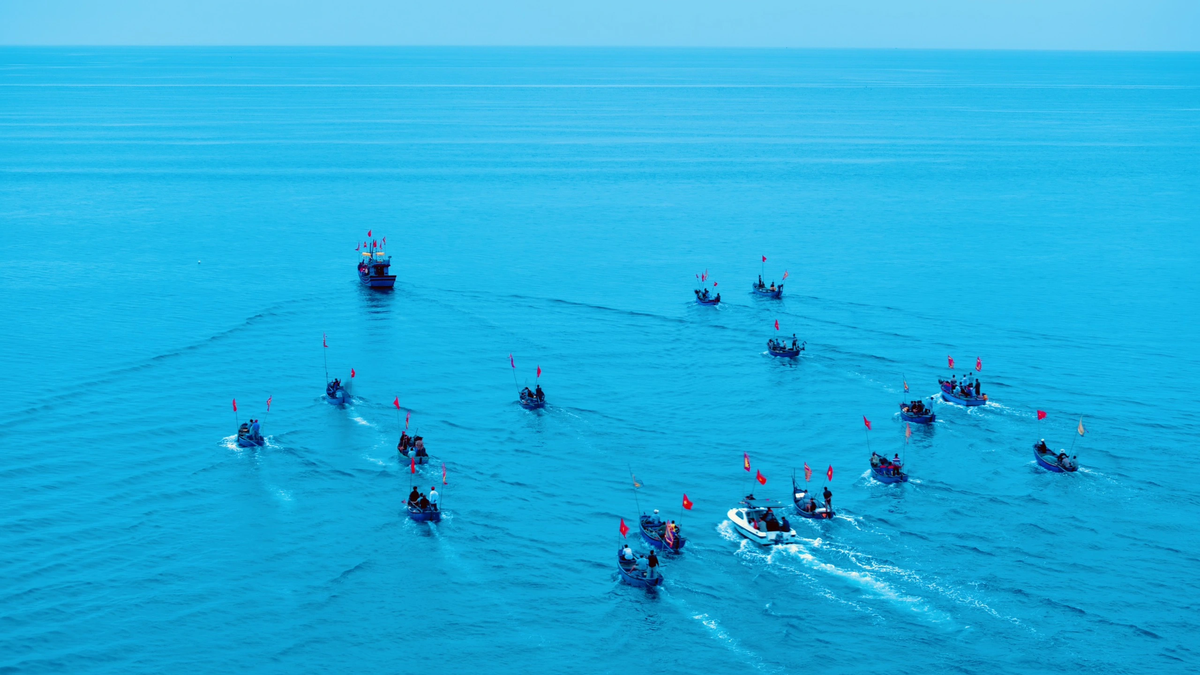
![[Photo] General Secretary To Lam works with Lam Dong, Binh Thuan and Dak Nong provinces](https://vphoto.vietnam.vn/thumb/1200x675/vietnam/resource/IMAGE/2025/6/11/c3e736d90cda4fe78f96c9bfb68d4e0b)








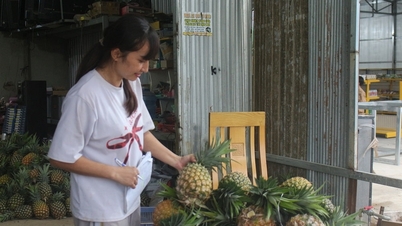













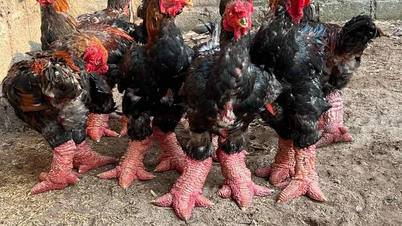












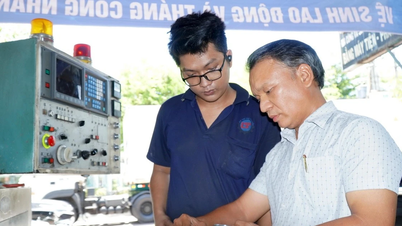





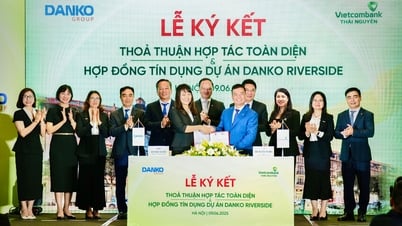




















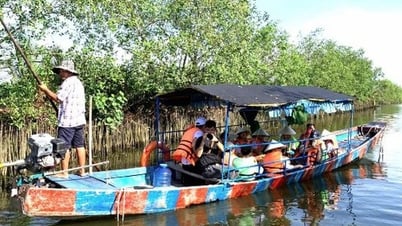






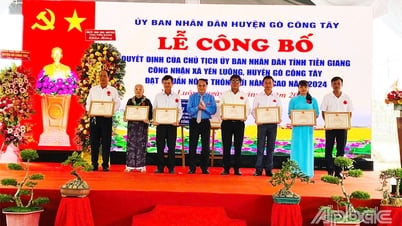


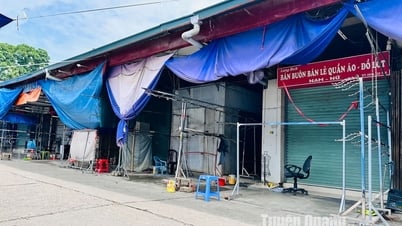






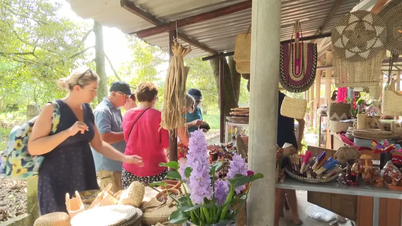

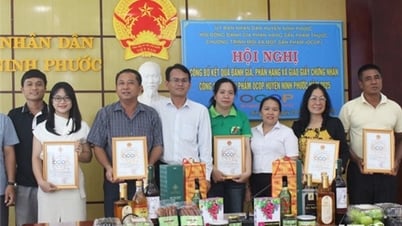

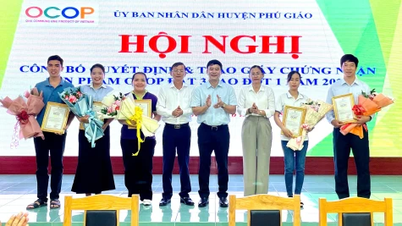






Comment (0)